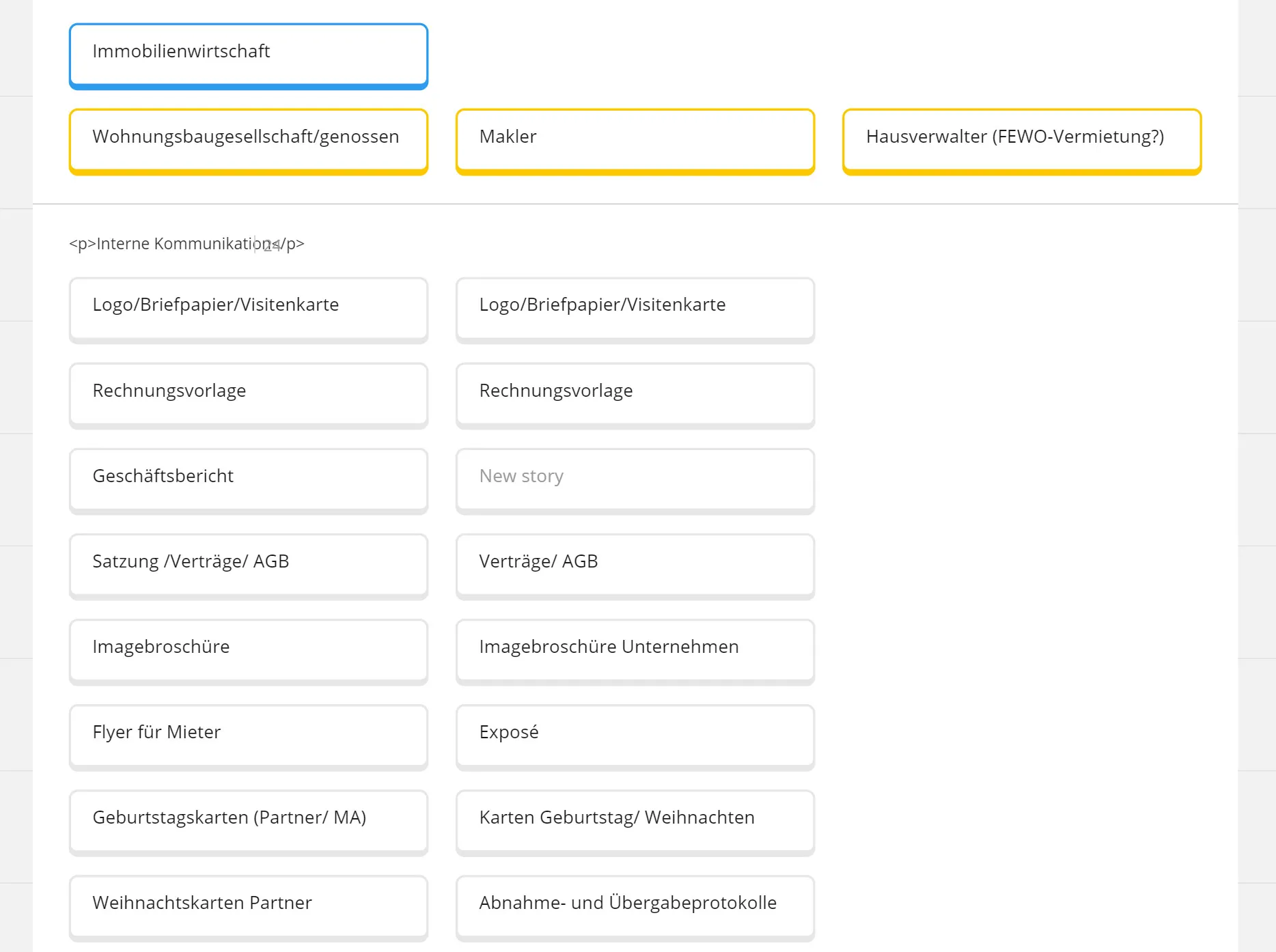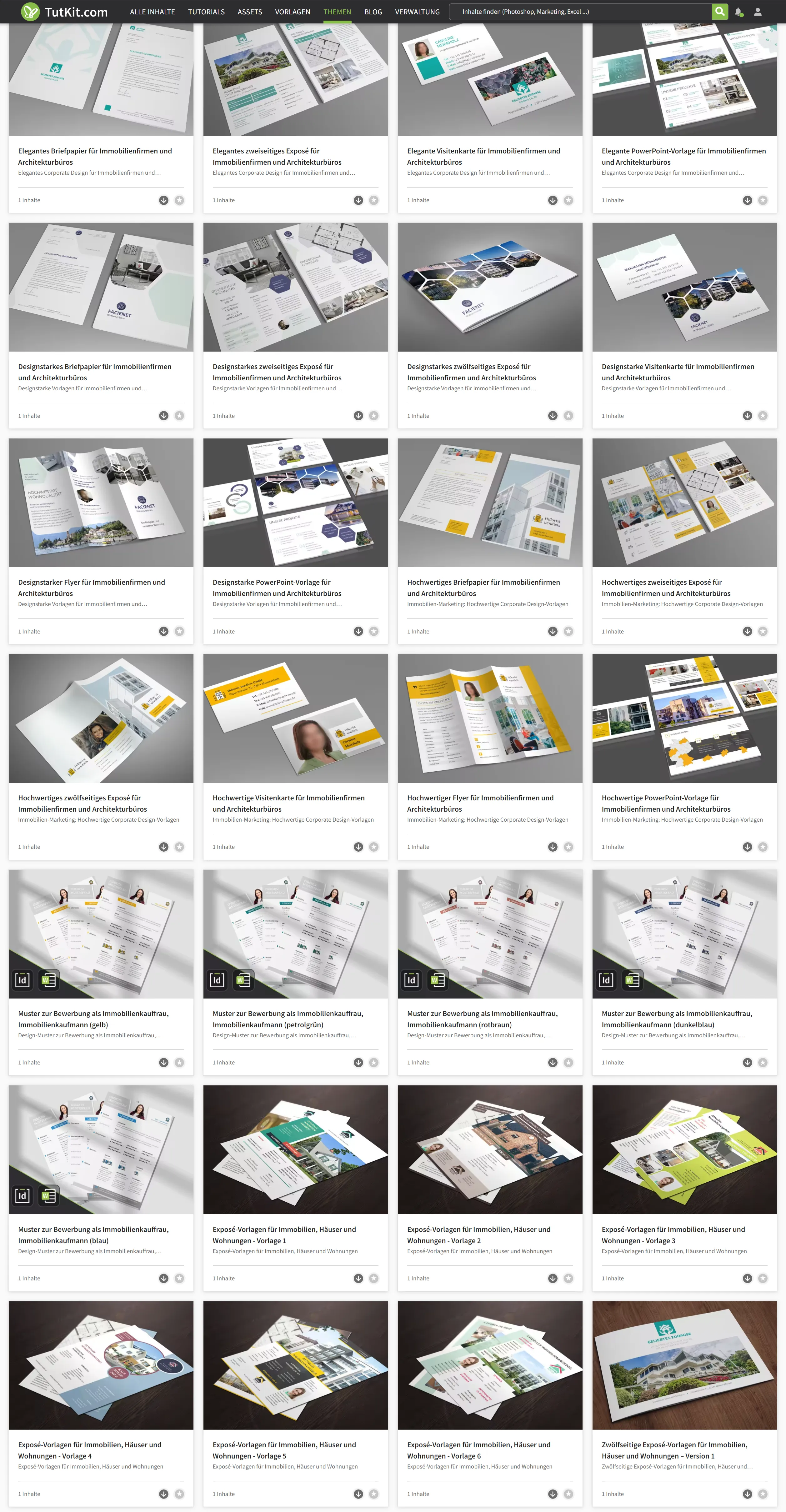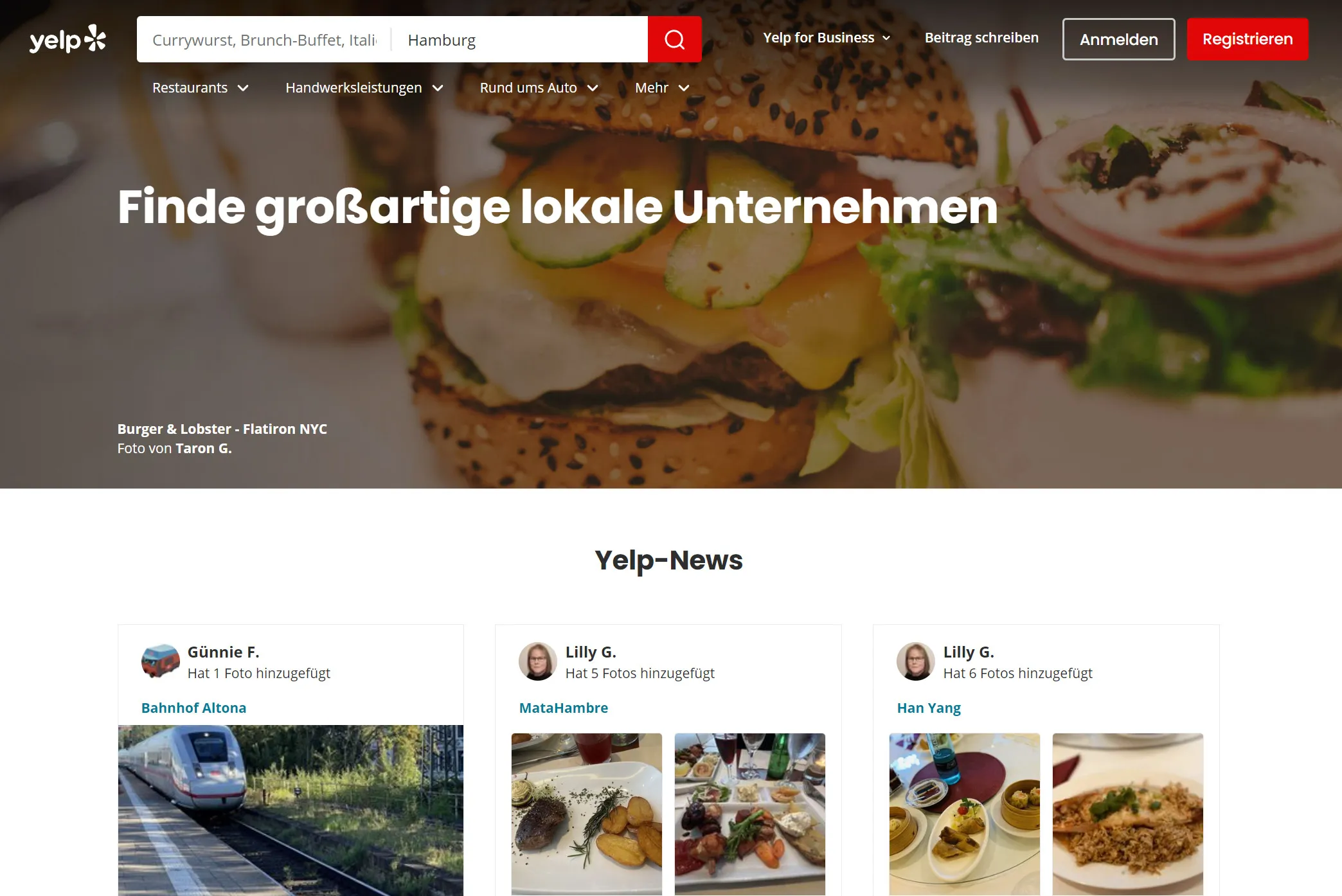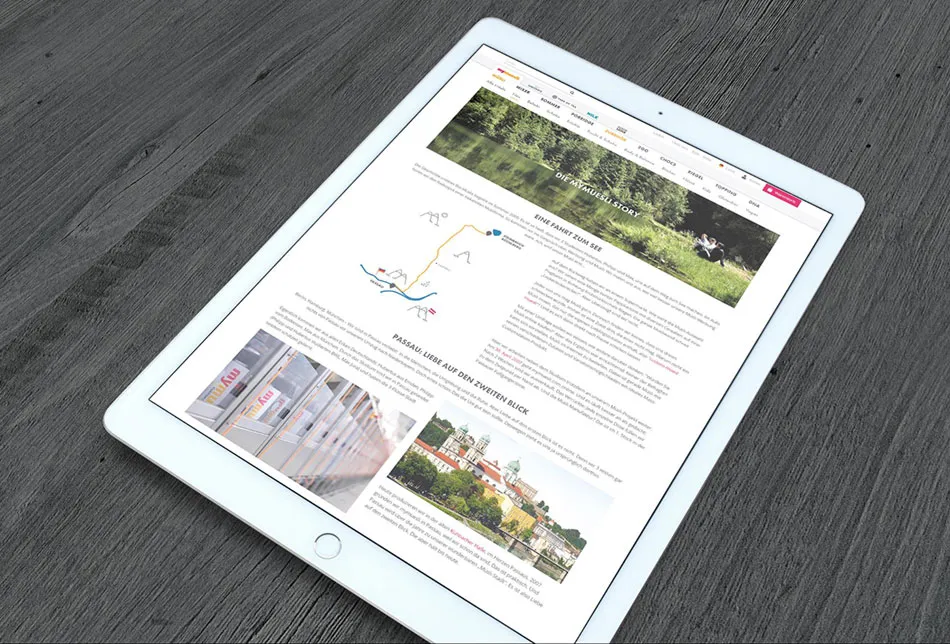In the beginning you create ... an idea. It is the foundation stone for the brand positioning. And yet this idea is anything but set in stone. In part 4 of our blog series on brand positioning, we'll show you why it's important to believe in ideas, even if they sometimes develop in a different direction.
Bling! Suddenly it's there, the idea for your new business strategy . You ask yourself why you haven't thought of it long ago and would like to put it into practice immediately.
Ideas are the fuel for change - whether you are new to the market or have come up with something new in your familiar territory. But be certain: ideas are not rigid. They adapt, change and create exciting detours.
There is always potential for specialization, growth or product differentiation. They exist, but are often not seen. You need to sharpen your focus and check ideas against their market potential.
From our own experience: Templates for city marketing vs. real estate marketing
As part of our agency activities, we provided marketing support to the mayoral candidate Stefan Guzu for the Reuterstadt Stavenhagen. In the end, he was able to prevail against eight opposing candidates ... as a non-party candidate with Romanian roots, it was a great success in our eyes. On a side note: He was the only one of the candidates who, thanks to us, relied intensively on ad campaigns via Facebook Ads, Google Ads and Instagram Ads and thus put the entire electoral area under permanent, digital constant bombardment.

As it was already clear from his election success that further city marketing projects could develop, we considered whether we could produce a product line with templates for city marketing , then position these via landing pages, etc. We thought there was product positioning potential in the idea of using templates for city marketing.
But beware: once you have found an idea, you should be aware that there is almost certainly a much better one out there.
So that means: keep looking first. Ideas are often met with a lack of understanding, fear of change, old habits or simply resistance. So if an idea doesn't convince the team or the management, just shake it up for a moment and think again, don't argue for long, but keep looking until something is convincing and has market potential.
There are just 2053 cities in Germany. Austria and Switzerland only help to a limited extent. Internationalization of the templates ... could help. The potential target market was too small for us. We rejected the idea again. And thought about it further in terms of city marketing vs. real estate marketing.
There are between 35,000 and 70,000 real estate agents in Germany. In addition, there are property managers and real estate developers as well as agencies that carry out real estate marketing.
We outlined what templates for real estate marketing could look like. Here is an excerpt from our Miro board:

Initially, we only had real estate exposés, which we then supplemented with corporate design templates and other templates optimized for the real estate industry:

But the real estate industry is also transforming digitally. Thanks to the so-called PropTechs, i.e. digital real estate agents, only half of the current 35 to 70,000 will probably remain within the next 5-10 years. In addition, VR is an innovative approach to making it possible to experience buildings from a distance. In this case, it makes sense to keep a few more irons in the fire rather than betting everything on one horse with a full focus on this market segment. We earn good money from these templates as long as they solve a problem for the target group. And if the target group slowly disappears, we remain agile and try to serve the needs of other target groups with our services and products.
Good examples of ideas that have reinvented themselves
Some of the most successful ideas of recent years were originally conceived quite differently. You probably know Yelp, the recommendation portal for restaurants, crafts and many other things. In the beginning, Yelp was a platform where friends could recommend businesses to each other. This idea was not very well received at first. However, when Yelp analyzed its data, it discovered that users were primarily using the rather incidental rating of businesses. In no time at all, a new idea was born from the original one and the entire business model was geared towards rating businesses.

And YouTube? It actually started out as a dating platform and only later developed into a success story as a pure video platform. Instagram initially advertised the local proximity of its members as a unique selling point. You know what it is today.
Many ideas sound good at first, but just don't take off - and with a lot of luck turn into a real hit for the target group - with a completely different benefit.
On the one hand, this means that you should give your idea the necessary leeway to grow or change. On the other hand, it also means that you shouldn't give up straight away. If you are convinced of your idea, give it time to mature as well as space to develop.
When an idea is overrun by time
Sometimes you have to give up on a cherished idea that has even brought you success - for example, because usage habits have changed over time. This was also the case with our online magazine Commag:
The first PDF issue was published in August 2005, the last in November 2018. We published over 100 issues and gave our readers in-depth insights into our everyday lives. At the peak, we measured over 25,000 downloads per issue. In the end, they shrank to just under 6,000. The reason: online media consumption was changing and a PDF magazine seemed more and more out of date.

So we thought again. We scrapped the magazine and expanded TutKit.com - our platform for e-learning and digital assets - as a flat-rate offer. This also changed our positioning. We moved away from being a community operator with a forum and free PDF magazine financed by banner and newsletter advertising. Instead, we sharpened our profile as a digital publisher with a store and flat-rate offer, financed by the sale of our own products.
This repositioning towards a product-based business model ensured the survival of our company and provides the foundation for further growth.
Show courage to fill the gap
If you have an idea for a product that doesn't yet exist, it's time to enter the market niche. Filling this gap can be a successful strategy. In the beginning, it is not the expensive marketing measures that bring success, but above all the precise positioning of your brand, packaged in an identifying story. You also need patience until the potential of your idea and your brand fully unfolds.

Your final roadmap for the positioning launch
- Create awareness of your brand and its core: shed light on its strengths and the potential that lies dormant within them. Clearly state your mission, vision and values. Separate yourself from anything that weakens your brand - for example, by-products that you don't actually need and that only dilute your offering.
- Address a clearly defined target group. Focus on their basic needs and their main problem.
- Occupy the market niche with a catchy and coherent product form.
- Design your business model. Pick up your target group exactly where they need your expertise. Present yourself as a born problem solver.
- Start the marketing machine. Tap into and penetrate the market with the right communication strategy and a particularly customer-friendly sales approach.
Conclusion and further content on the topic of brand positioning
Positioning your brand correctly is the basis for your success. Take your time and go through everything from A to Z. Show your target group what the true strengths of your brand are - and position yourself in such a way that you will be remembered forever. We wish you every success. And take a look at our video training course "Positioning companies & brand building" for more in-depth information.
- Brand positioning - Part 1: What is it and which five questions are crucial
- Brand positioning - Part 2: Captivating your target group with the right strategy
- Brand positioning - Part 3: 19 tips for brand building & target group acquisition
- Brand positioning - Part 4: Ideas, roadmap and necessary changes of direction

